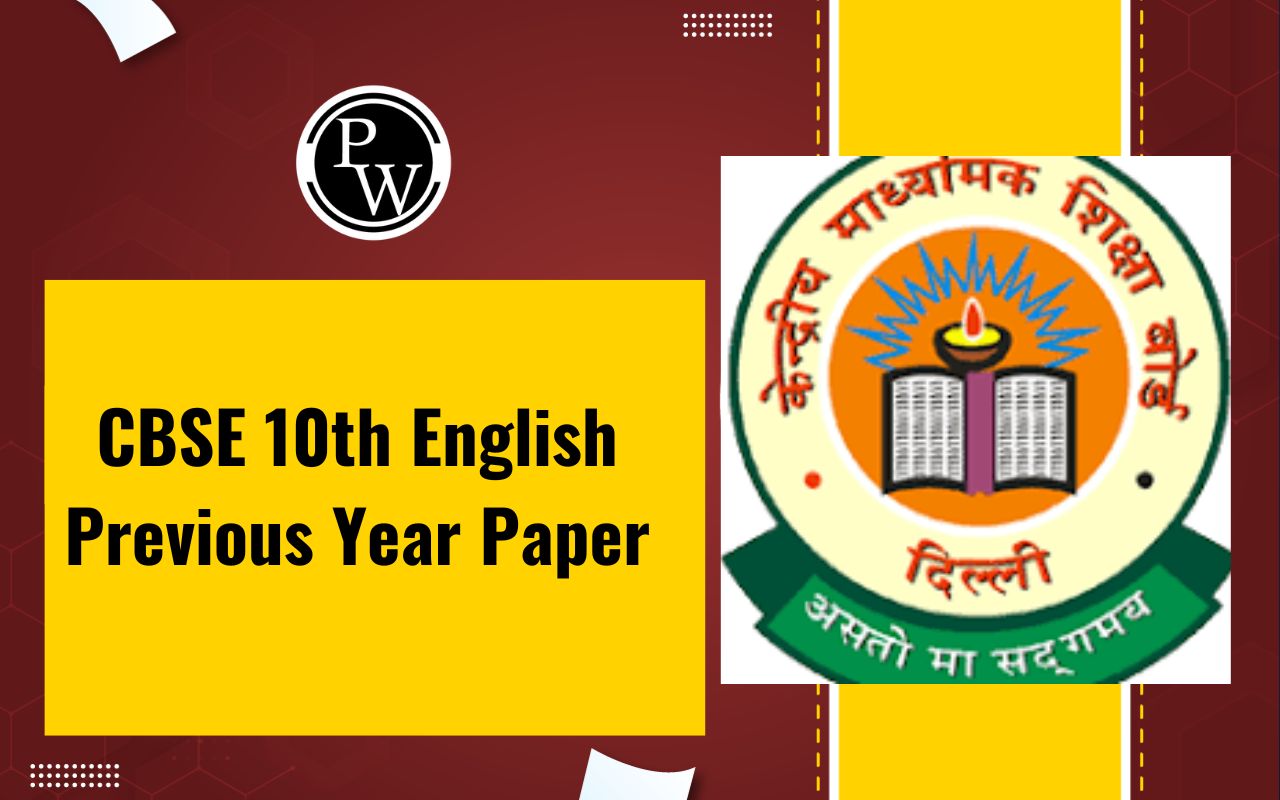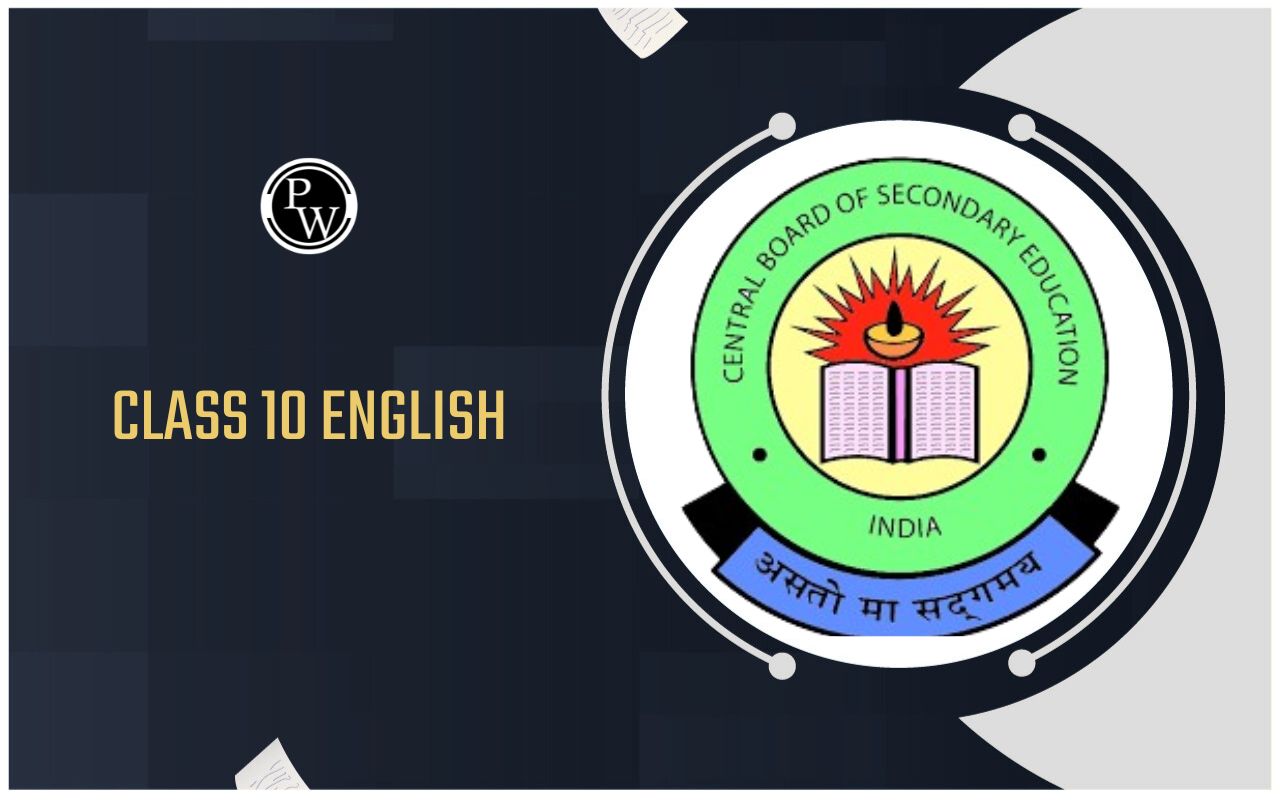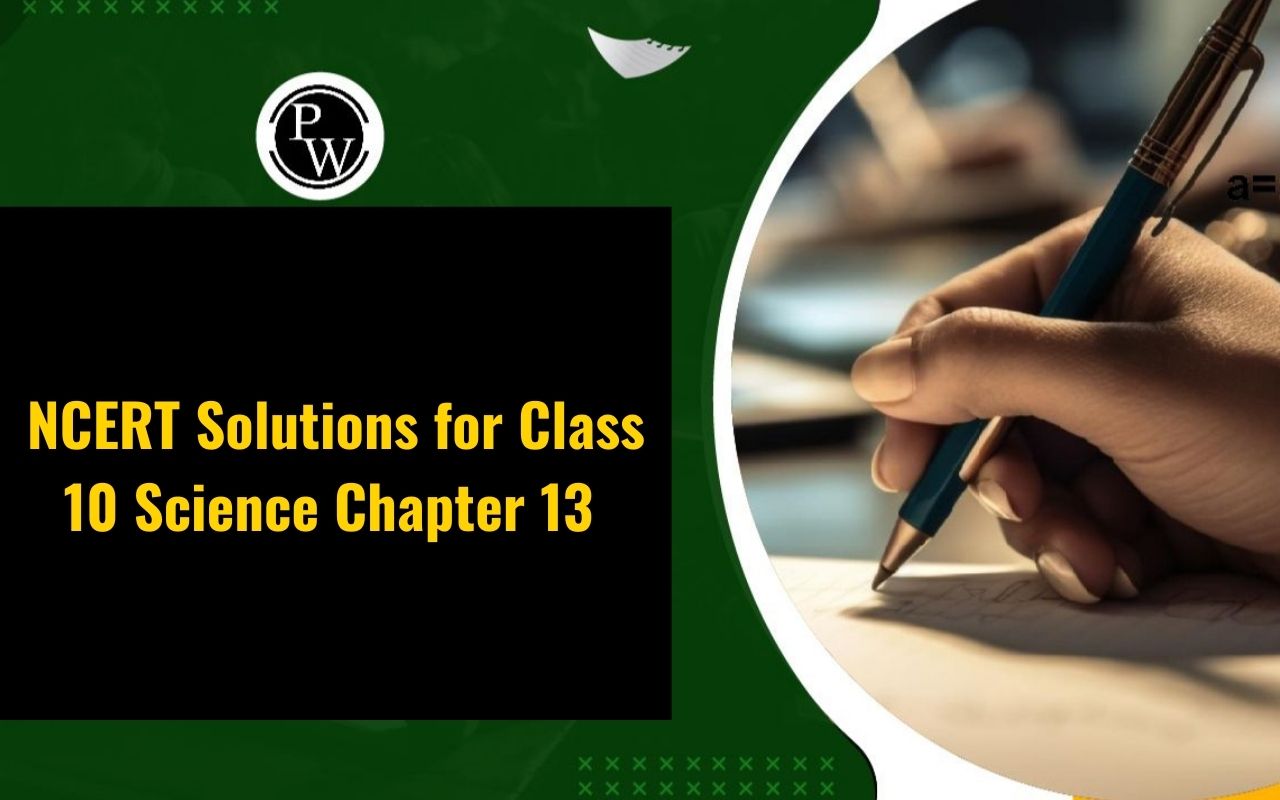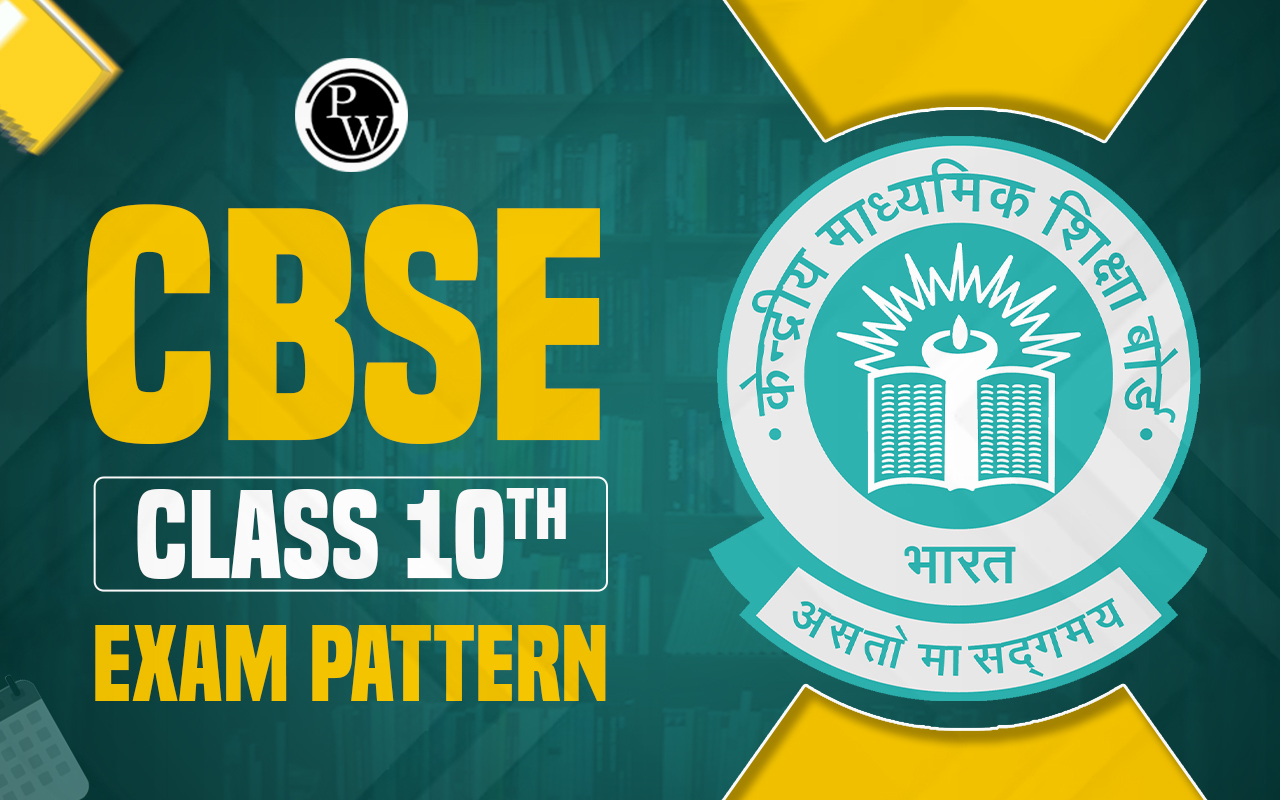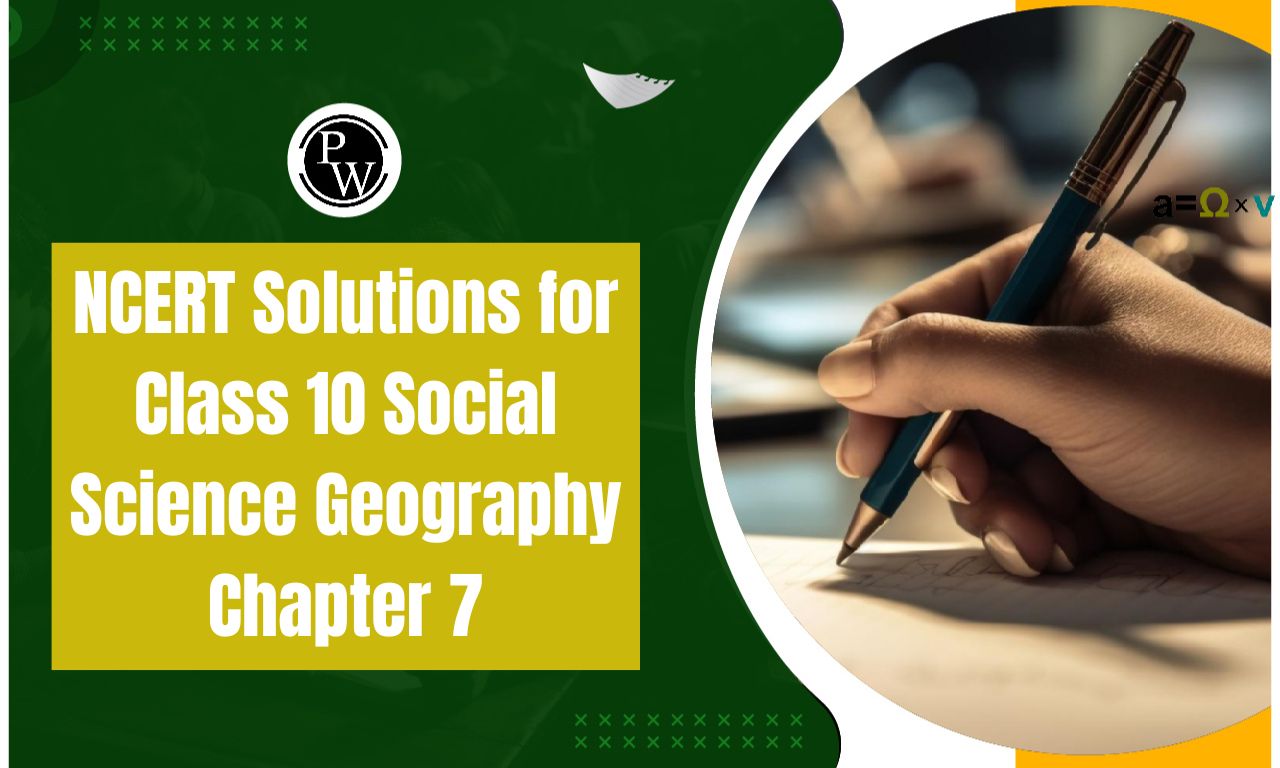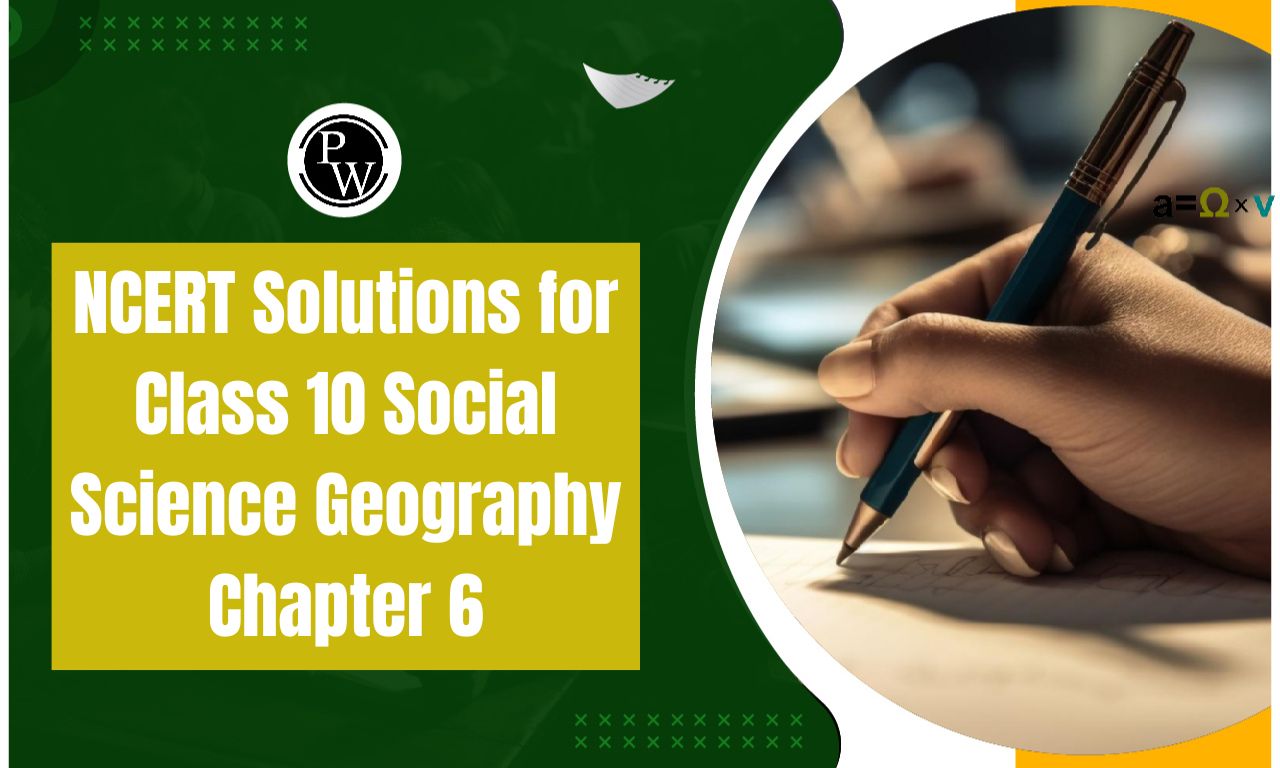
NCERT Solutions of Class 10 English First Flight Chapter 2: In Class 10 English First Flight Chapter 2, you'll find answers and explanations for the questions and exercises in the second chapter of the book.
The solutions help you understand the text better by explaining its meaning, identifying important parts, and discussing the main ideas. Using these solutions can help you improve your English skills and do well in your exams. They are a helpful resource for students studying Class 10 English First Flight.As part of the CBSE Class 10 English syllabus, this chapter falls under the prose section of the First Flight textbook and includes reading comprehension, writing skills, and grammar exercises.
The CBSE exam pattern often features extract-based questions, short and long-answer questions, focusing on theme analysis, character study, and vocabulary. These solutions provide a structured approach to understanding the chapter, aiding students in exam preparation and overall language development.
Ch 2 Nelson Mandela Class 10
Class 10 Chapter 2 Nelson Mandela recounts the historic day he became the first Black President of South Africa, ending decades of apartheid.
He reflects on the sacrifices of countless freedom fighters who fought for justice and equality.
NCERT Class 10 English Nelson Mandela Questions and Answers
Nelson Mandela Class 10 Questions and Answers that highlight Mandela's views on courage, freedom, and justice.
These questions help students understand the significance of 10th May 1994 and the sacrifices made by freedom fighters.
Nelson Mandela Class 10 Questions and Answers also focus on the twin obligations and Mandela’s vision for a democratic South Africa.
Activity (Page 17)
Question: In Column A are some expressions you will find in the text. Make a guess and match each expression with an appropriate meaning from Column B.
|
A |
B |
|
(i) A rainbow gathering of different colours and nations |
– A great ability (almost unimaginable) to remain unchanged by suffering (not losing hope, goodness or courage) |
|
(ii) The seat of white supremacy |
– A half-secret life, like a life lived in the fading light between sunset and darkness |
|
(iii) Be overwhelmed with a sense of history |
– A sign of human feeling (goodness, kindness, pity, justice, etc.) |
|
(iv) Resilience that defies the imagination |
– A beautiful coming together of various peoples, like the colours in a rainbow |
|
(v) A glimmer of humanity |
– The centre of racial superiority |
|
(vi) A twilight existence |
– Feel deeply emotional, remembering and understanding all the past events that have led up to the moment |
Answer:
|
A |
B |
|
(i) A rainbow gathering of different colours and nations |
– A beautiful coming together of various peoples, like the colours in a rainbow |
|
(ii) The seat of white supremacy |
– The centre of racial superiority |
|
(iii) Be overwhelmed with a sense of history |
– Feel deeply emotional, remembering and understanding all the past events that have led up to the moment |
|
(iv) Resilience that defies the imagination |
– A great ability (almost unimaginable) to remain unchanged by suffering (not losing hope, goodness or courage) |
|
(v) A glimmer of humanity |
– A sign of human feeling (goodness, kindness, pity, justice, etc.) |
|
(vi) A twilight existence |
– A half-secret life, like a life lived in the fading light between sunset and darkness |
Oral Comprehension Check (Page 18-19)
Question 1: Where did the ceremonies take place? Can you name any public buildings in India that are made of sandstone?
Answer:
The ceremonies happened in the beautiful sandstone amphitheater created by the Union Buildings in Pretoria. Dignitaries and world leaders from various nations attended the event. Similarly, in India, we have two famous public buildings made of red sandstone: the Rashtrapati Bhavan and the Red Fort.
Question 2: Can you say how 10 May is an ‘autumn day’ in South Africa?
Answer:
South Africa is situated in the Southern Hemisphere, below the equator. In this part of the world, the timing of seasons is opposite to that of Europe and Asia, which are located in the Northern Hemisphere. In Southern Africa, autumn occurs from March to April, and winter lasts from June to September. Therefore, May 10 is considered a "lovely autumn day" in South Africa because it falls within the autumn season in this region.
Question 3: At the beginning of his speech, Mandela mentions “an extraordinary human disaster”. What does he mean by this? What is the “glorious … human achievement” he speaks of at the end?
Answer:
In Mandela's speech titled "an extraordinary human disaster," he passionately condemned the practice of Apartheid in South Africa. Apartheid was a system of racial segregation that discriminated against people based on their skin color, with black individuals suffering the most severe consequences.
Under Apartheid, blacks were denied basic rights and freedoms, and faced various forms of discrimination. Mandela himself experienced the brutality of Apartheid firsthand during his 18-year imprisonment on Robben Island, where he was subjected to mistreatment by authorities. Despite the immense challenges and injustices faced by black South Africans, Mandela considered it a remarkable achievement to become the first black President of South Africa.
His presidency marked a significant milestone in the fight against Apartheid and the struggle for equality and justice for all citizens.
Question 4: What does Mandela thank the international leaders for?
Answer:
Mandela felt deeply honored to welcome dignitaries and international leaders to the swearing-in ceremony because not too long ago, South Africans were considered outlaws. He expressed gratitude to all the attendees for traveling from afar to witness the historic oath-taking ceremony of South Africa's first Black President.
This gesture of international recognition was significant for a newly liberated democratic nation. The event symbolized a shared victory for justice, peace, and human dignity, reflecting the collective efforts of people around the world who supported the struggle against oppression and apartheid.
Question 5: What ideals does he set out for the future of South Africa?
Answer:
Mandela advocated for the liberation of the people of South Africa from various forms of oppression, including poverty, deprivation, suffering, and discrimination based on gender and other factors. He envisioned a society where all individuals could enjoy the fundamental right to freedom from any form of bondage or prejudice.
Mandela's ideals aimed to create a nation where every person had equal opportunities and rights, regardless of their background or circumstances. He dedicated his life to the pursuit of justice, equality, and human dignity for all South Africans, striving to build a society where everyone could live with dignity and respect.
Oral Comprehension Check (Page 21)
Question 1: What do the military generals do? How has their attitude changed and why?
Answer:
The fact that the highest military generals of the South African defense forces and police saluted and pledged their loyalty to Mandela held immense significance. During the Apartheid era, these same individuals would have arrested Mandela and imprisoned him. However, their attitude towards black South Africans underwent a profound transformation due to the struggles and sacrifices of many heroes of the country.
The fight for freedom not only challenged Apartheid but also brought about a monumental shift in the mindsets of numerous individuals. Mandela firmly believed that love could be taught and that humans are inherently inclined towards love rather than hate. This belief underscored his commitment to reconciliation and building a society based on equality, respect, and understanding.
Question 2: Why were two national anthems sung?
Answer:
During the inauguration ceremony, two national anthems were sung to mark the occasion. The white South Africans sang "Nkosi Sikelel'iAfrika," while the black South Africans sang "Die Stem," which was the former anthem of the Republic.
The singing of both anthems symbolized the recognition of equality of rights between whites and blacks in South Africa. It represented a significant step towards reconciliation and unity in a country that had long been divided by apartheid and racial segregation. This gesture demonstrated the commitment to building a new, inclusive South Africa where all citizens, regardless of their race or background, could come together as equals.
Question 3: How does Mandela describe the systems of government in his country – (i) in the first decade, and (ii) in the final decade, of the twentieth century?
Answer:
(i) In the first decade of the twentieth century, Mandela describes the system of government in his country as one where the white-skinned people of South Africa came together to establish a system of racial domination over the dark-skinned peoples of their own land.
This system created one of the harshest and most inhumane societies the world has ever known, characterized by racial discrimination and oppression.
(ii) In the final decade of the twentieth century, Mandela describes a significant transformation in the system of government. The previous system of racial dominance and discrimination was overturned forever, and a new government was established.
This new government recognized the rights and freedoms of all peoples, regardless of the color of their skin. This marked a monumental shift towards equality and justice in South Africa, signifying the end of apartheid and the beginning of a new era of inclusivity and respect for all individuals.
Oral Comprehension Check (Page 24)
Question 1: What “twin obligations” does Mandela mention?
Answer:
Mandela emphasizes two fundamental obligations that every individual has in life. Firstly, he mentions the obligation to one's family, including parents, spouse, and children. This obligation involves caring for and supporting one's family members, ensuring their well-being, and nurturing strong familial bonds.
Secondly, Mandela highlights the obligation to one's people, community, and country. This broader obligation extends beyond the family unit to encompass the collective welfare and prosperity of one's community and nation.
It involves actively contributing to the betterment of society, advocating for social justice, and working towards the advancement of one's country and its people. By acknowledging and fulfilling both of these obligations, individuals can lead meaningful and fulfilling lives while positively impacting their families, communities, and nations.
Thinking about the Text (Page 24)
Question 1: Why did such a large number of international leaders attend the inauguration? What did it signify the triumph of?
Answer:
Participating in the inauguration ceremony, international leaders demonstrated solidarity with the end of Apartheid, symbolizing support from the global community.
This gesture represented the triumph of justice over injustice and the establishment of a tolerant society free from prejudice and discrimination based on caste, color, or creed. It underscored the collective victory of humanity in overcoming oppression and striving towards a more inclusive and equitable world.
Question 2: What does Mandela mean when he says he is “simply the sum of all those African patriots” who had gone before him?
Answer:
By saying that he is "simply the sum of all those African patriots," Mandela pays homage to the countless individuals who sacrificed their lives in the fight for freedom. He expresses gratitude and reverence for those who came before him, acknowledging their immense contribution to the struggle for liberation.
Mandela credits these freedom fighters for laying the groundwork of cooperation and unity, which paved the way for his own journey. With their support and cooperation, Mandela believed that he could bring about equality among his people and lead them towards a brighter future.
His words reflect a deep sense of humility and acknowledgment of the collective effort that led to the dismantling of apartheid and the dawn of a new era in South Africa.
Question 3: Would you agree that the “depths of oppression” create “heights of character”? How does Mandela illustrate this? Can you add your own examples to this argument?
Answer:
The statement that "depths of oppression create heights of character" finds resonance in the examples cited by Nelson Mandela and in the history of India's pre-Independence era. Mandela's reference to South African heroes like Oliver Tambo, Walter Sisulu, Chief Luthulis, Yusuf Dadoos, Bram Fischers, and Robert Sobukwes highlights how individuals rose to greatness through their unwavering commitment and sacrifice in the struggle for freedom.
Similarly, in India, during the pre-Independence era, a constellation of remarkable leaders emerged who refused to yield to the oppression of British rule.
Figures like Netaji Subhash Chandra Bose, Mahatma Gandhi, Sardar Vallabhbhai Patel, Lala Lajpat Rai, Chandra Shekhar Ajad, and Bhagat Singh, among others, demonstrated extraordinary courage and resilience in the face of adversity.
Their leadership and unwavering dedication to the cause of independence inspired millions and played a pivotal role in India's journey towards freedom. Comparing these leaders to those who came later, it becomes evident that the crucible of oppression and suffering often breeds remarkable individuals with exceptional qualities of character and leadership. The struggles and challenges they faced shaped their values, principles, and resolve, making them iconic figures in history and beacons of inspiration for generations to come.
Question 4: How did Mandela’s understanding of freedom change with age and experience?
Answer:
With age and life experiences, Mandela's understanding of freedom evolved significantly. As a young boy, he believed he was inherently free, able to do as he pleased as long as he adhered to his father's guidance and tribal customs.
However, as he matured, his concept of freedom expanded beyond personal autonomy to encompass broader aspects of life, such as providing for a family and earning a livelihood. Mandela gradually realized that his previous notion of freedom was limited and somewhat selfish.
Over time, Mandela became increasingly aware of the systemic oppression and discrimination faced by Black people in South Africa. This realization ignited a deep-seated desire within him to fight for the freedom of his people.
He recognized that the denial of freedom extended not just to himself, but to all Black individuals in his country. This awakening instilled in Mandela a profound sense of responsibility and a fervent determination to advocate for the liberation of his people from the shackles of apartheid and injustice. Thus, Mandela's understanding of freedom evolved from a personal concept to a collective struggle for the rights and dignity of all oppressed individuals.
Question 5: How did Mandela’s ‘hunger for freedom’ change his life?
Answer:
During his youth, Mandela came to the profound realization that the curtailment of freedom extended beyond himself to encompass the entire Black population. The hunger for his own freedom gradually transformed into a burning desire for the liberation of his fellow brothers and sisters.
This transformative journey from self-interest to collective struggle empowered Mandela to shed his fear and embrace bold rebellion. Sacrificing the comforts of a settled family life, Mandela committed himself to the cause of freedom for his countrymen. Joining the African National Congress (ANC), he embarked on a courageous journey to challenge racial prejudice and color discrimination.
This pivotal decision marked a significant turning point in Mandela's life, propelling him from a timid young man to a fearless advocate for justice and equality. Through his unwavering dedication and determination, Mandela emerged as a beacon of hope and resilience in the fight against oppression and injustice.
NCERT Solutions of Class 10 English First Flight Chapter 2 PDF
The Nelson Mandela class 10 ncert solutions chapter 2 are available in PDF format, providing students with a convenient and accessible resource for understanding the chapter "Nelson Mandela: Long Walk to Freedom." These solutions provide detailed explanations and answers to questions posed in the textbook.
Do you need help with your homework or preparing for exams?
Study without using the internet
|
Chapter Wise List |
NCERT Solutions of Class 10 English First Flight Chapter 2 FAQs
What is the significance of the title "Nelson Mandela: Long Walk to Freedom"?
How does Nelson Mandela describe his childhood experiences in the chapter?
How did Mandela's understanding of freedom evolve over time?
How did Mandela's experiences in prison impact his activism and leadership?

